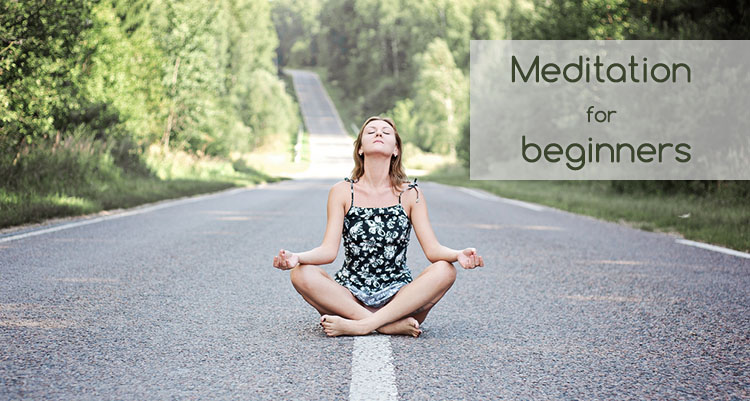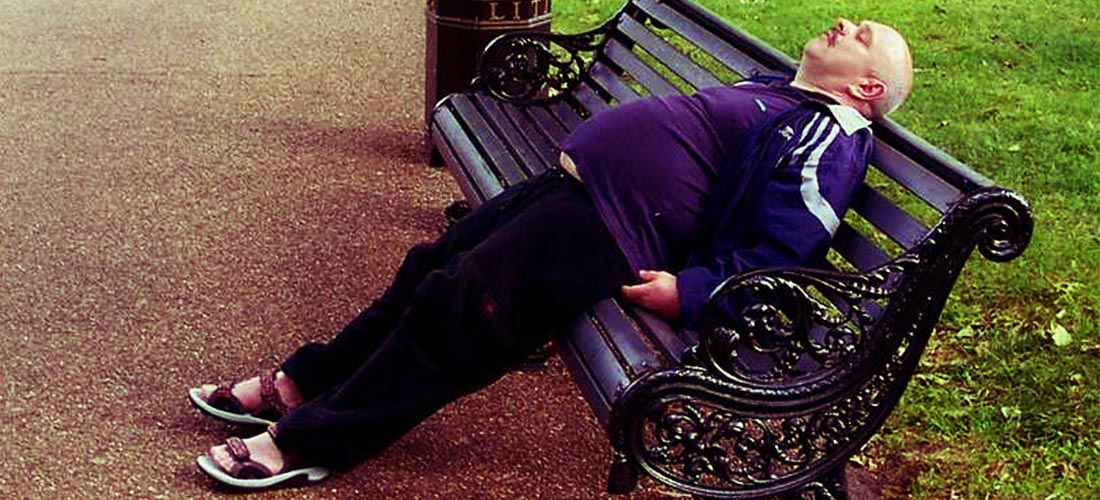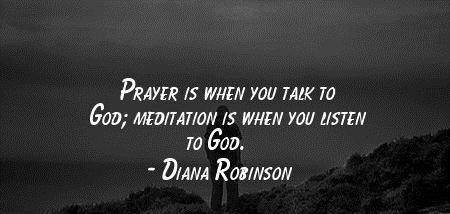When we hear the word ‘Meditation’ we instantly picture ourselves seated in a serene and quiet place, wearing comfortable clothing, having our eyes closed, or open? Or closed?
Errrr… Well, some of you might have imagined yourselves with your eyes closed while some with eyes open! Traditionally, we think of meditation as a process carried out with our eyes closed.
But, wait! Open-Eyed meditation exists too! And you won’t believe it but there’s the eyes ‘half-open-half-close’ type of technique as well! Here’s solving all your queries related to Meditation and its techniques.
Contents
What is Meditation?
Rare would be those who would ask this question. Almost all of us, have some definition or the other in mind and we hold calmness, peace, serenity, divinity and Godliness synonymous to Meditation.
However, I believe, this is what best describes it:
It is establishing a pure and solid connection with your inner self to achieve balance and peace in life. Meditation fetches you a good deal of concentration and focus, and tunes the imbalances of your system.
Techniques to list down
We can categorize the various meditation techniques into two broad categories:
- Closed-Eye Meditation (CEM)
- Open-Eyed Meditation (OEM)
Very obviously, as the name suggests, CEM suggests one to sit with their eyes closed and meditate. The exact opposite goes for the other technique. However, that is not all! There is a major and basic difference between the two techniques, which I will make you aware of.
Open-Eyed Meditation
Open-Eyed Meditation suggests in focusing our entire attention on two objects in front, or either side of our field of vision. Its followers believe that by practicing OEM they become used to the state of non-distraction when they are awake, no matter what they are doing.
We can practice OEM anywhere-just anywhere! You can skip waiting for the right place, right time and right atmosphere to start! Even a crowded bus, a long queue, or a railway station would do! It aims at maintaining and being able to carry the state of awareness within, everywhere and thus helps us with the re- alignment to our inner self. It is said that OEM brings harmony between our left and right brain hemispheres, i.e., between our intuitive emotional and logical rational sides. [1]
Methods of practicing Open-Eyed Meditation:
Method 1
Focus on a stationary point around you. E.g.: Any light source, the tip of any sharp object etc. Relax yourself by taking 3 deep breaths and as you exhale, consciously relax those parts of your body where you experience any tension. Pay attention to your external world and become aware of it. Observe whatever you see, hear or feel and accept it without any thinking. This method is commonly practiced by the Brahma Kumaris.
Method 2
Sit in a place where you won’t be disturbed. Choose two objects to focus upon. Pick an object on the either side of yourself, to look at from the either eye. Without losing focus on either object, concentrate on their being and awareness. It is advisable to people to blink the eyes normally during meditation [2].
Closed-Eye meditation
Closed-Eye meditation believes in meditating on the divine light, a mantra, breath, or just an imaginary point, but with the eyes closed! Eyes can only give a false and shallow perception of what we see. Closing our eyes can give us a fresher dimension to things around us. Closing the eyes completely eliminates possible distractions and makes focusing easier by making visual inputs absent. This gives our entire experience a feeling of dedication.
This technique helps you see the mirror of your soul, which is, your heart! It helps you get in touch with your sub-conscious mind and in aiding spiritual development. Increased focus and attention are one of CEM’s by-products. Those who practice this technique are said to be able to moderate the intensity of emotional arousal better. [3]
Practicing the Closed-Eye Meditation
Method 1
Sit erect. Close your eyes. Focus on your breathing. Notice how it comes in and goes out. You can count it if you feel that you are straying away while only focusing on its coming and going. Start with duration of 10 minutes and extend it for as much time as you want, depending on your comfort level.
Method 2
Sit erect. Close your eyes and imagine that there is a subtle form of light in your heart. Focus on it and try your best to not pay attention on the incoming thoughts and get drowned in the feeling. Instead of light, you can also imagine any other object or thing that you believe is the subtlest.
I feel the techniques of meditation are synonymous to the state a person is in while practicing martial arts. CEM symbolizes the state of the striker (whose thinking is more self centric) and OEM symbolizes the surroundings of the striker (i.e., what’s happening around and where will the enemy attack next from?).
How to know what works best?
It is up to us to decide which one works the best for us. I would suggest you to go with the flow and see what suits your needs.
OEM works better for those who want to play with their imagination and CEM for those who wish to calm their inner selves.
The closed eye technique has a very relaxing effect on the body, so it tends to put one to sleep. Also, it is easier to visualize thoughts with eyes closed and thus it makes it easier for the mind to wander as well. As for OEM, the argument that one can focus on meditating while doing their everyday work is not as solid as it seems because with open eyes, one cannot go very deep into meditation.
While practicing OEM, you can go in deep while sitting in the corner of an isolated. However, then the entire purpose of practicing it ‘just anywhere’ gets defeated!
Why no meditation technique works for me?
Well it is not just me. Many a times, people complain that no technique works for them. This could be due to the drawbacks in either technique.
Different people respond to stress differently. In such a case, some people may respond positively to meditation as a relaxation technique and some may not.
1. There are some who get irritated and freaked out under stress. The Open-Eyed technique does not work for them at all.
However, we can slightly alter how we meditate or adopt a different form of meditation to derive the highest benefits. For instance, if you get heated up instantly when under stress then Mindfulness Meditation can work best for you.
Sit erect, breathe normally and observe your body. Observe whatever is around you and accept it. Treat your thoughts as uninvited guests and focus on the present.
2. There are some others who tend to get hyper on the inside while they freeze up on the outside when under stress. We find that such people often complain that no meditation technique works for them.
Even mindfulness meditation won’t be of any help to them as it quiets one down. Instead, open eye technique, or candle meditation, can work best for them. Light a candle and focus on its flame. Notice its colors and its flickering. Keep burning away thoughts that come to disturb you, in the process. Get drowned in its goodness and go with the flow for as long as you like.
You can read more on this in our eBook’s relaxation section and find out why no technique worked for you so far and which you can adopt now to calm down.
Well, I would like to suggest you to just get on to the cycle and start pedaling! Once you get the trick, balance and coordination will follow!
Similarly, once you get the flow in meditation, the technique will prove fruitful as well!
All you need to do is just BEGIN!
More on Meditation
References: [1] Hubie Chen (2012). Meditations on Quantified Constraint Satisfaction Workout Trends arXiv: 1201.6306v1. ^Back to Top^ [2] M. S. Baptista, C. Bohn, R. Kliegl, R. Engbert, & J. Kurths (2008). Reconstruction of eye movements during blinks Chaos (2008) arXiv: 0802.2201v2. ^Back to Top^ [3] Aftanas L, & Golosheykin S (2005). Impact of regular meditation practice on EEG activity at rest and during evoked negative emotions. The International journal of neuroscience, 115 (6), 893-909 PMID: 16019582. ^Back to Top^
Last Updated: June 20, 2014
Next Scheduled Update: August 21, 2014







Comments are off this post!